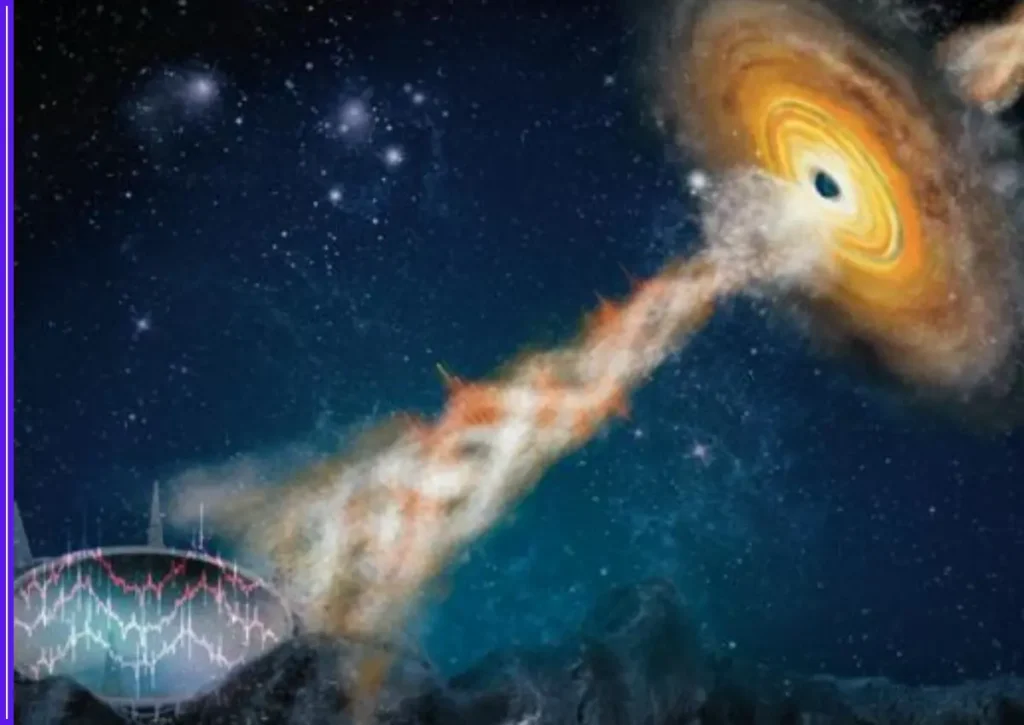Indian scientists working with ISRO have shared fresh findings about one of the most mysterious black holes in our galaxy—GRS 1915+105—based on data from India’s first space observatory, AstroSat. The study, recently published in the Monthly Notices of the Royal Astronomical Society, offers new insight into how matter behaves near black holes.
Located 28,000 light-years from Earth in the constellation Aquila, GRS 1915+105 is known for its extreme variability. ISRO’s new observations reveal a distinct cycle: the black hole system alternates between bright and dim phases, each lasting several minutes.

During the bright phases, scientists detected rapid, high-frequency X-ray flickers—known as quasi-periodic oscillations (QPOs)—at around 70 Hz. These signals disappeared completely during the dim phases. This on-and-off pattern appears tied to changes in the system’s corona—a hot, compact region of plasma surrounding the black hole.
According to ISRO researchers, the corona seems to shrink and heat up during bright phases, producing the rapid flickers. When it expands and cools, the flickers vanish.
“This pattern gives us valuable clues about how matter behaves just before falling into a black hole,” the ISRO team said in a statement. “It helps us understand the structure and motion of plasma in extreme gravitational fields.”
The findings mark a major contribution to global efforts to decode black hole environments, particularly how energy is released in such intense regions.
AstroSat, launched in 2015, continues to be a vital tool for India’s space science missions. With its multi-wavelength instruments, it allows scientists to observe cosmic events in ultraviolet, visible, and X-ray light.
The study further cements India’s growing presence in high-energy astrophysics and its commitment to decoding the mysteries of deep space.









